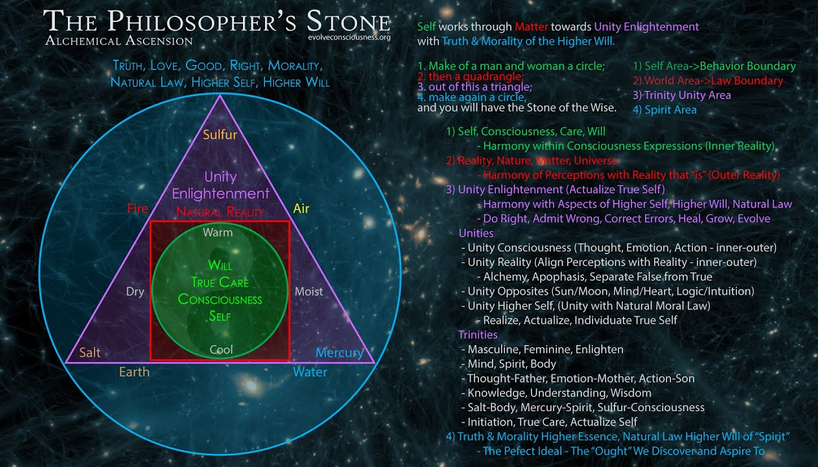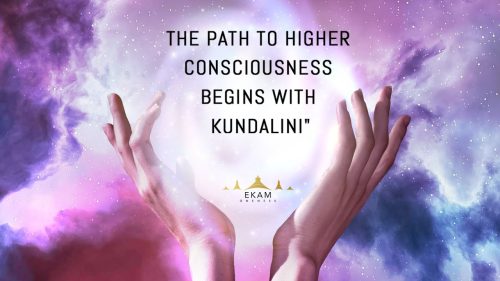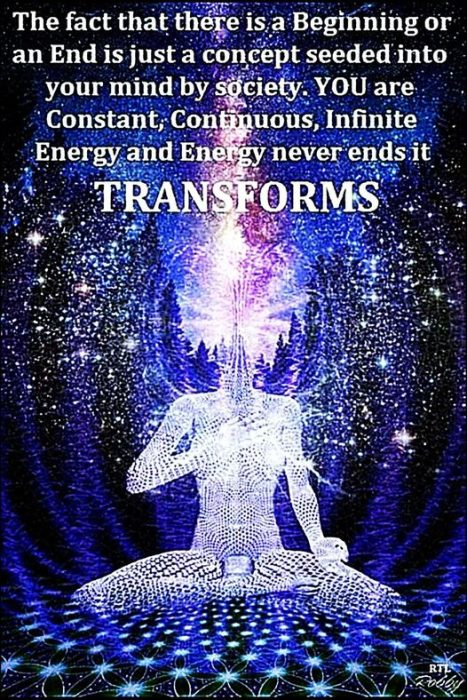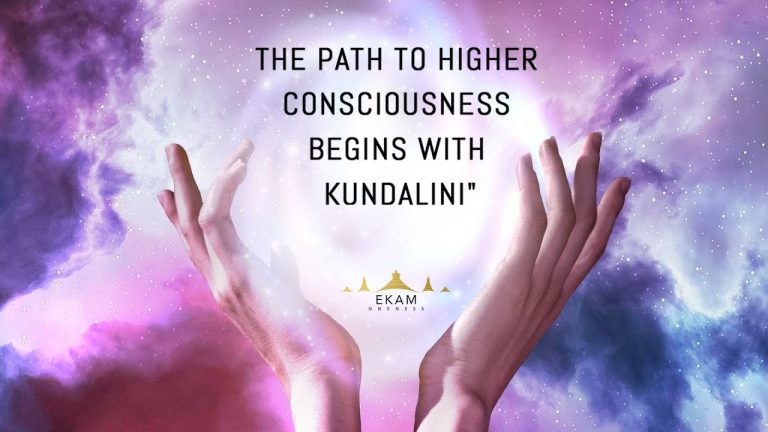
Cracking the Freemason’s Code. The World’s Most Mysterious Object – The Philosopher´s Stone. The Philosopher’s Stone becomes a metaphor for spiritual transformation and salvation.
Alchemy – the Operation of the Sun The word ‘alchemy’ conjures up images of a medieval laboratory in which attempts were made to turn lead or other base metal into gold. This process could only be achieved by securing the philosopher’s stone (philosophi lapis), a mythical substance that could supposedly transmute base metal into gold.
The philosopher’s stone could also be used as, or to create, an elixir that could make people younger. The search for it was one of the major preoccupations of the Renaissance until about 1630. Our modem-day appreciation of this search for the philosopher’s stone is likely to be misguided with respect to the Renaissance alchemists themselves, as we may tend to dismiss their quest as merely a materialistic and selfish attempt to gain wealth and immortality. However, the genuine Renaissance alchemist was motivated by far higher aspirations: the desire to improve the spiritual state of mankind.
The popular depiction of the alchemist as a sort of medieval scientist is actually allegorical and originally intended to be under-stood only by those in the know. The use of a base metal Is an excellent metaphor for the state of mankind’s moral and spiritual nature, which the alchemist attempts to transform into a purer, higher, better state: the moral equivalent of gold. This alchemical process has interesting parallels within Freemasonry.
In Masonic ritual, the rough ashlar represents the rude matter- i.e. the non-Mason – which, through the medium of Freemasonry, is transformed into a smooth, or perfect, ashlar. Rut to return to the Renaissance: through his work, the alchemist was attempting to tap into the hidden spiritual forces that connected everything, to ‘move’ from the microcosm to the macrocosm. This would lead to an understanding of how these occult forces worked, which, once understood, could be – or at least had the potential to be – manipulated by the alchemist. Spiritual perfection was a highly desirable aim because In achieving it, not only would the successful alchemist become one with the divine essence that imbued every-thing; he would, through his own improvement, improve the spiritual well-being of the whole of mankind. Yet all this had to be achieved in secret.
It was believed that the search for the philosopher’s stone could only be undertaken by individuals or groups of a few adepts; secrecy was necessary because the majority were simply not capable of understanding — even though they would be, unknowingly, beneficiaries of the alchemist’s endeav-ours. Secrecy was also necessary so that the knowledge held, and searched for, by these individuals and groups would not be diluted as it would be if it were to become common knowledge. This legitimate prerequisite for secrecy ensured that there were throughout Europe an enormous number of secret societies. Tapping into the occult world could only be achieved through using some kind of intermediary, some means by which the unknown might be revealed and studied. In alchemy, symbols became the stepping stones.
As we have already seen, in Neoplatonic thought symbolism was irrevocably bound up with an understanding of the world, with the concepts of the macrocosm and the microcosm.
Because symbols could simultaneously reveal and conceal the divine essence, they could never be fully understood by the use of mere words, whether written or spoken. Therefore, not only did alchemists meet in secret but their language of symbols was secret in the profound sense that, in common with other Neoplatonist symbology, it could not be reduced to a common language for others to understand (assuming that the alchemists would even have wished that to be the case). In other words, alchemists sought secrets, in secret, using secrets!
There is something about the philosopher’s stone mentioned in a writing from the eighteenth century. However, the author himself probably had no understanding at all concerning the true nature of the subject. The whole human being must be transformed in order to accomplish what the plant now does for the individual. The physical body will then be carbon itself, but it will not be black carbon; neither will it be hard diamond, which serves only as a symbol for the philosopher’s stone. By the term “philosopher’s stone” is understood a body that is transparent and contains the other organs as members; it will consist of a mass of gelatin-like carbon, similar to protein. Humankind is on a track, on which it will one day develop itself to this wonderful glory. The rhythmic breathing that leads to this end is called alchemy, and the philosopher’s stone is termed Lapis philosaphorum. The man who wrote about it did not himself know what he was writing.
The alchemist Michael Maier refers to the arcane substance in its hidden or unrefined state as the “antimony of the philosophers” (MC, 332). It is the prima materia from which the Philosophers’ Stone is produced, “the black earth in which the gold or the lapis is sown like the grain of wheat . . . the black, magically fecund earth that Adam took with him from Paradise, also called antimony” (PA, 327).
In the ancient art of alchemy, it was the task of the alchemist to find the lapis exillis—the philosophers’ stone—that turned base metals into gold. This stone was said to have “fallen from heaven,” like the meteoric Benben stone of Heliopolis that is spoken of in ancient Egyptian tradition, a pyramidal stone associated with rebirth. The Benben stone bore arcane knowledge about the nature of the universe—”On the stone is encoded the cipher of life’s mysteries”21—and it was supposed to redeem spirituality from base matter, the pecuniary aspects of the process being metaphors for spiritual transformation.22 Now this pyramidal lapis, “the cipher of life’s mysteries,” is depicted as a stone—and yet it encompasses all matter, being composed of “de re animali, vegetabili et minerali.”23 It was also said to grow from “flesh and blood” and to possess a body, soul, and spirit.24 The lapis is thus intrinsically connected with rebirth, new life, and growth.
The creation of the philosopher’s stone represents the ultimate reward at the end of the alchemical process. The cutting off of the heads of the twins is actually a rebirth of individual from a state of God Consciousness to Unity Consciousness. Their faithful servant is also reborn as the intellect in union with God.
Thus the philosopher’s stone and its transmutation into the philosopher’s gold really represented the mind / soul and its union with the Light . `It’s an interesting idea about alchemy and the philosopher’s stone. Some say that the power of alchemy is not physical but spiritual. It’s about self-discovery and extinguishing earthly desires to amass heavenly treasure.
But the ‘imperfect body’ meaning the body in its form in which it is not a vehicle of consciousness, nor felt as a living presence that one is ‘in,’ and also not felt as a source of instinct and passion that can be consciously controlled—needs to be transformed into a subtle vehicle of awareness. For only then can the Philosophers’ Stone be made, that is, a self in which spirit and body are united, with both functioning as a source of consciousness and neither given more importance than the other.
The Philosopher’s Stone has the power to transform other matter with which it comes in contact and to raise it to its own perfection. It is capable of ‘transforming lead into gold.
The Philosopher’s Stone is a mysterious object that alchemists believed could turn base metals such as lead into gold. Scientist and alchemist Sir Isaac Newton believed that the secret to the Philosopher’s Stone was in The Emerald Tablet. Newton translated the work into English himself from the Latin Tabula Smaragdina, hoping to decode its secrets. Alchemists believed that the red powder from the Philosopher’s Stone was the key ingredient needed to turn lead into gold.
According to literature, the Philosopher’s Stone is a mysterious substance with astonishing powers. It is alchemy’s most famous symbol of transformation.
The Philosopher’s Stone can be seen as a process of spiritual perfection, represented on the material level by the transmutation of base metals into gold. The Philosopher’s Stone becomes a metaphor for spiritual transformation and salvation.
At the twelfth ‘Gate of Projection’, Jane declared that Wisdom’s ‘Wonderful Pearl’ or ‘Stone’ could be found, which represented the spiritual aspect of the alchemical projection, or transmutation.’ It was the point at which the transformation of the soul was possible. The inner feminized world containing Wisdom’s pearl was clearly more highly prized than the outer world and capable of transmuting every pious soul.
The Philosopher’s Stone could be achieved through the ancient art of transmutation. Practical experimentation was one way. This involved the purification of various materials and the application of heat while materials were in an enclosed container, resulting in changes of colour and the formation of the Philosopher’s Stone, which was then believed to transmute base metals into gold. Robert Boyle also considered other occult influences to be involved in the quest for the Philosopher’s Stone, and he believed that ‘the acquisition of the Philosopher’s Stone would facilitate communication with angels and rational spirits.
Jane also drew on other occult sources, including magic. She considered the Magia, or the operation of the Holy Spirit, to have a crucial role in achieving the purification of the soul. It required a rejection of rationality in favour of faith in God. Jane wrote, ‘now take heed and fly away from our Mortal senses…each one according to his Gift in this high and supernatural Magia.63 Indeed, Jane asked, Tor what is so great an enemy to the divine Magia, as the rational Wisdom, which is a strong Combination with the humane sense?
This highly gendered idea of Wisdom’s offspring energized by the Holy Ghost was a prophecy and concerned the key to discovering divine secrets. Jane wrote:
until there come a breaking off from the old traditional knowledge, and a weaning from the breasts of a strange mother, that so they, as new born spirits, may draw from the Eternal Word of Wisdom, fresh unction, that giveth light unto the understanding, and by which the counsel of the Most high is made known, and all the secrets that can be desired are manifested.”
Jane clearly drew on imagery which went beyond the standard christological concept of Christ within, as Wisdom was also a source of divine knowledge for Jane.
As we have seen, Jane used alchemical discourse as a way of signifying how God’s truth could be found by searching within. Her belief in transmutation was expressed in alchemical terms to show that the outer dross of corporeality (flesh/sin) could be transformed into an inner realization of the divine, which she described as the fifth gift of wisdom.









